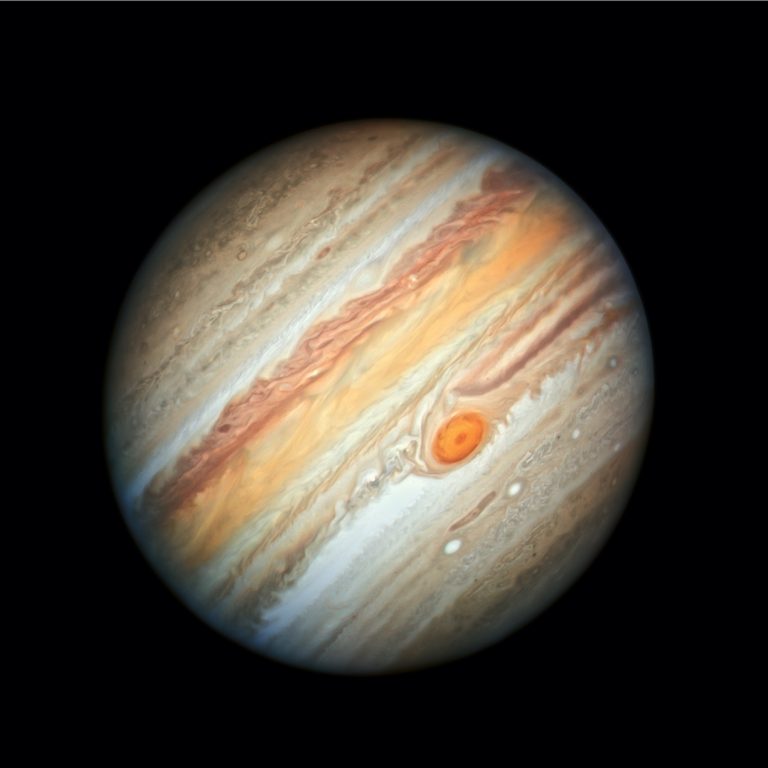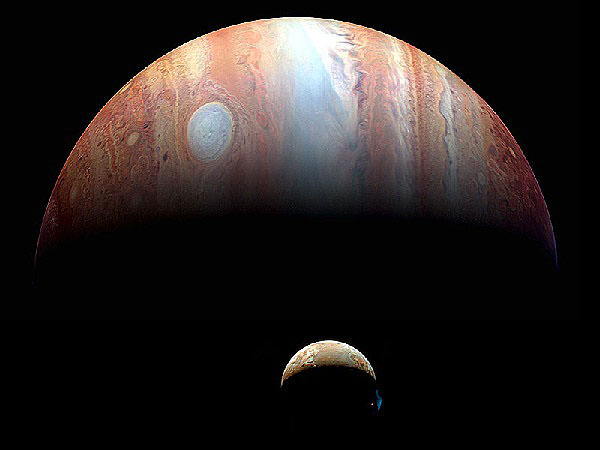Be sure to observe Jupiter this week, during its finest apparition of a lifetime.
You’ve never seen Jove like this. Jupiter opposition season for 2022 is upon us tonight, as the King of the Planet shines rising in the east opposite to the setting Sun in the west. This is the very best time to catch Jupiter and its retinue of moons, as they dominate the sky throughout the night. And although Jupiter reaches opposition as seen from the Earth nearly every year, this one is special as it’s the closest to the Earth in our lifetimes, and the nearest for the 21st century.
Continue reading “Jupiter at Opposition 2022, Closest in 59 Years”

